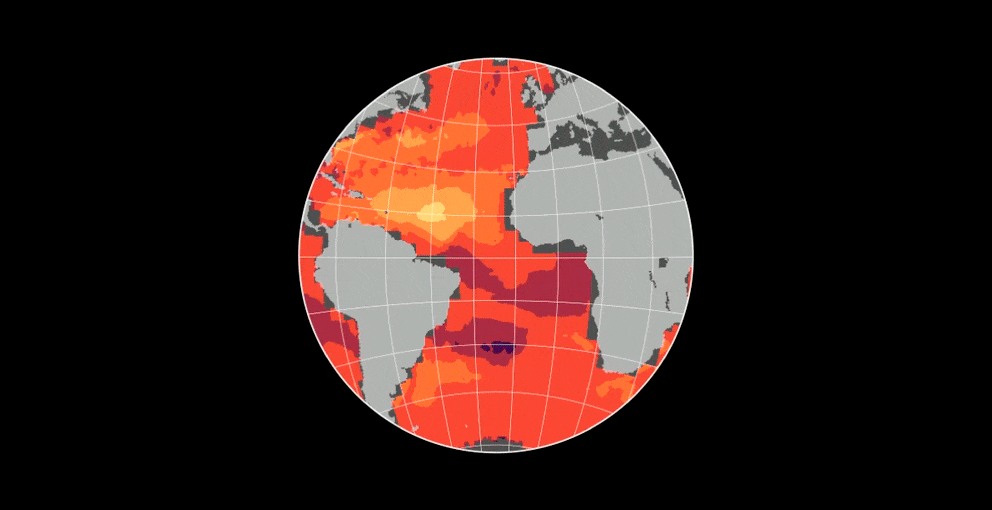FluxEngine is an open source toolbox for calculating air-sea CO2 gas fluxes from in situ, model and Earth Observation data.
We are pleased to announce that version 3 of the FluxEngine toolbox is now available.
Version 3 now includes:
- auto-installers and/or install instructions (e.g. you can use it on a Windows, Linux or Mac laptop)
- new capability to calculate CH4 and N2O gas fluxes
- extensive support for analysing in situ data (e.g. you can calculate gas fluxes from SOCAT and MEMENTO data)
- the toolbox is now a Python library (so you can use it from within your own code).
All of the code and instructions are now available online, and a manual describing additional functionalities will soon be available.
For more information, including papers that have used the FluxEngine, please see:
https://github.com/oceanflux-ghg/FluxEngine

A recent publication in Nature Geoscience used the FluxEngine and satellite observations to calculate how biological surfactants at the very surface of the ocean can reduce the North Atlantic sink of CO2 (Pereira et al., 2018). This is the first time that the impact of surfactants has been quantified for the whole of the North Atlantic and was only made possible through the use of satellite observations.
Reference: Pereira, R., Ashton, I., Sabbaghzadeh, B., Shutler, J. D., and Upstill-Goddard, R. C. (2018). Reduced air–sea CO2 exchange in the Atlantic Ocean due to biological surfactants. Nat. Geosci. 11, 492–496. doi:10.1038/s41561-018-0136-2.

